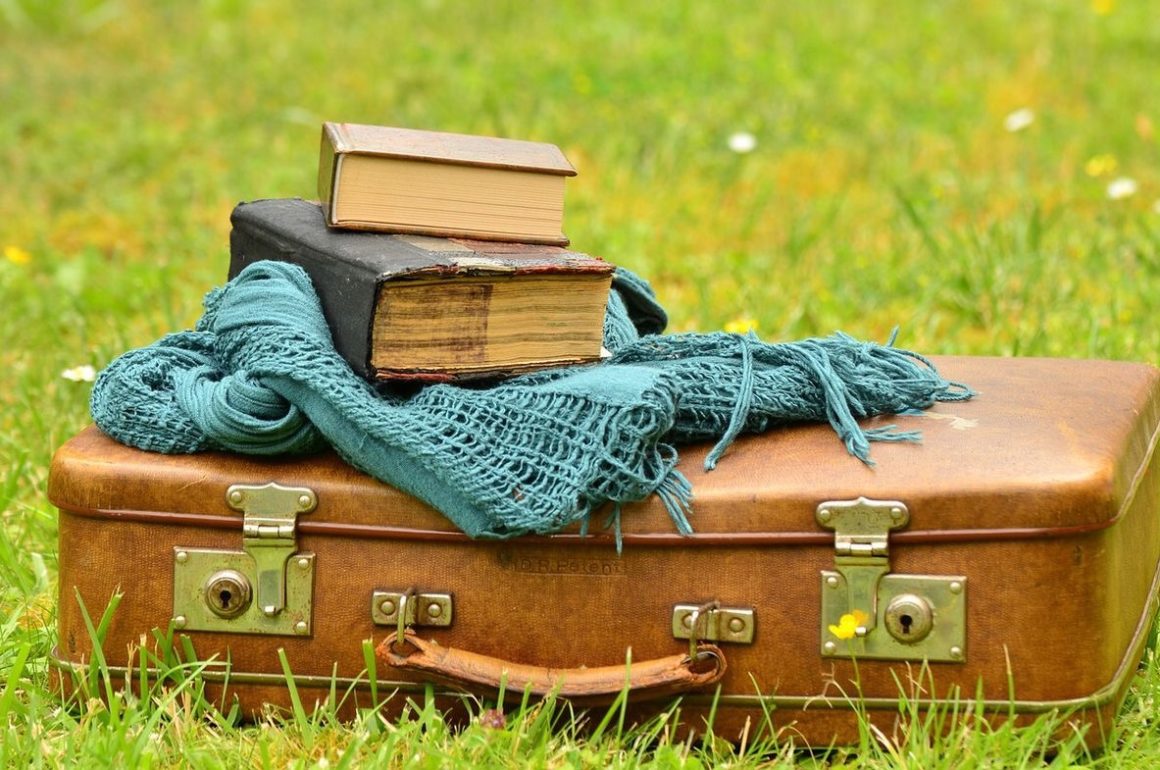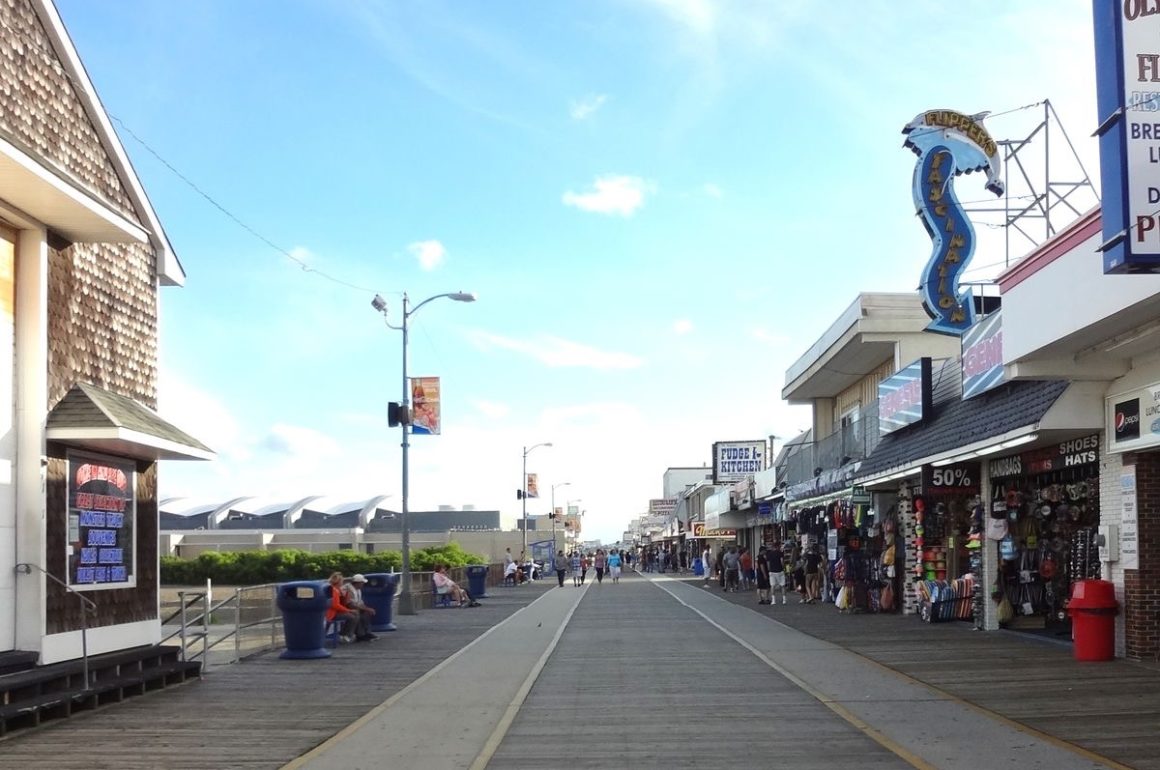After Gabriella got her Panda adapted stroller, getting around became more complicated. While the Panda divided into two pieces, both were heavy and unwieldy and they consumed the whole trunk of our car. She still weighed less than fifty pounds then, but loading her and her equipment in a parking lot was overwhelming, and more so for one person. The time had come to buy an adapted minivan.
We didn’t care for minivans, but many of our friends with children drove them. We also knew our daughter would someday move to a full-size wheelchair and a ramp would become crucial.
This was 2001 and we had to figure out how to navigate the conversion process. (It’s still complex.) Only a few dealers in New Jersey sold adapted vehicles. Once we purchased a van, the dealer would ship it to one of several companies in Michigan and Canada. The adaptation would take between six and eight weeks and cost $25,000, on top of the price of the minivan.
Perhaps our most important choice concerned the location of the ramp. Rear-entry models were newer then, but came only with Chrysler and Ford vans. The more established side-entry conversions featured more carmakers.
How to decide?
We took our daughter to the Abilities Expo, a convention where vendors exhibit a wide range of equipment for people with disabilities. It’s become an annual sojourn, enabling us to try out many of the implements we’ve bought over the years.
Because several dealers were showing converted vans, the Expo offered more models and perspectives than we could have gotten visiting showrooms. We wheeled Gabriella into each vehicle and sat in the rear seats (often the second row in an adapted minivan adjusts out toward the doors or replaced with less comfortable buckets). We noticed distinctions like the incline of the ramp and the visibility from the driver’s seat.
Our normal activity also informed our decision. We do less parallel parking and frequent lots without available full-size handicap-spot, so we concluded the rear-entry format would be more flexible. We ordered a Dodge Caravan.
Our conversion offered automated access, with a single button that lifted the hatch and lowered the ramp. It was a new Canadian design, and we were among their first American customers.
We also had to get Gabriella from inside to the new van. None of our exterior doorways offer access without stairs, so we hired a carpenter to build a ramp on the opposite side of our two-car garage. His ingenious design split into three distinct sections, each latched to the wall but folding down into place. This allowed us to keep our other vehicle in the garage.
*** *** ***
A few months after we received our converted Dodge, we took our first family vacation to Disney World. As we did on our recent trip, we went by AutoTrain from Lorton, Virginia. We were within a few miles of that station when the van idled and then died.
At once we asked ourselves: had buying the newer conversion been a mistake?
I pulled to the shoulder of the highway and got it started again, but it soon failed again. After an anxious period, we coaxed it to Lorton and made it onto the train.
After arriving in Florida, I brought it to a Dodge dealer. When they raised our car, they said they had never seen such a ‘chop-job’, and that the conversion made their diagnostics more difficult. Again we began to wonder. When they couldn’t find anything wrong, we became nervous every time we loaded into our van while in Orlando. We held our breath, but it gave us no more trouble on that trip.
It became as reliable as one might expect from these vehicles, recognizing that for all the expense, they don’t last as long as unadapted vans. The adaptation included cutting and soldering the pipes beneath the van, which led to problems with the exhaust system. And the added weight of the ramp construction stressed the wheels and we had to replace our tires more often, another common problem.
Yet it met our needs. Before long it was time to replace the Dodge, and we knew we had no choice. We needed another adapted minivan.
*** *** ***
Upon returning to the Abilities Expo, we learned that our conversion company had become more refined in the years since we bought our Dodge. We went with them again, choosing another Chrysler.
Our friends have long since moved on from minivans but we haven’t, and at times our vehicle feels like a symbol of our different status. But we maintain hope that someday we and our twenty-something daughter will graduate from the ranks of ‘minivan families’. At the last couple of Expos, we have discovered a growing selection of cars and SUVs available for adaptation, although most are too small for our needs.
In the meantime, we count on our adapted minivan to open new horizons in our lives.









